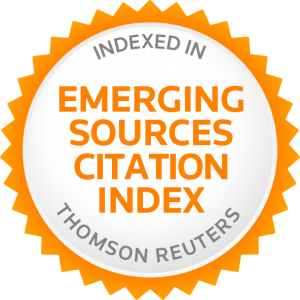THE USE OF CLASSIFIERS IN VIETNAMESE IN TYPICAL AND ATYPICAL LANGUAGE DEVELOPMENT
Giang Pham, Andrew Simpson
The acquisition of numeral classifiers and their associated syntactic structures has been documented and studied in a broad range of East and Southeast Asian languages among typically-developing (TD) young speakers. However, little research has considered how classifiers are acquired by children with developmental language disorder (DLD). The current paper compares and analyzes the development of numeral classifier patterns among a set of Vietnamese speakers, TD and DLD, studied over three years, from kindergarten to second grade. The investigation highlights differences in the performance of children with TD and DLD and describes the areas of classifier use that seem to be most challenging. Children with DLD produced more errors of classifier omission in kindergarten, showed more random alternations in representational forms, and delays in the development of three element classifier structures. Findings are discussed in terms of future directions in the study of classifier use in Vietnamese speakers with DLD.



